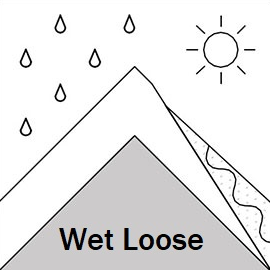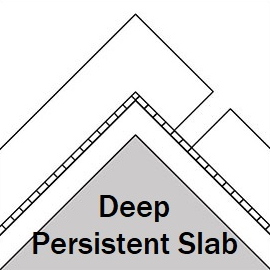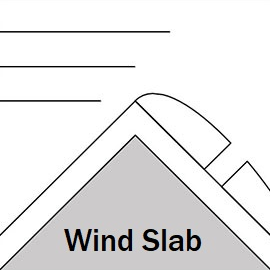Gudauri
Natural avalanches are unlikely, human-triggered avalanches are possible. Small avalanches in specific areas, or large avalanches in isolated areas.
It's the last forecast of the season and this one's all about heat. Sun, warm air temperatures and rain make loose wet slides likely. There's more snow on the way later this week, and at high elevations there is still the old facet layer lurking, so be vigilant and share your observations on the page. Have a safe and happy spring!
Forecast issued at: 3 April 2023 21:00
Forecast valid until: 5 April 2023 21:00
Forecaster: Manu Greer
High Alpine
> 2600m
2 Moderate
Heightened avalanche conditions on specific terrain features. Evaluate snow and terrain carefully; identify features of concern.
Alpine
2000m - 2600m
2 Moderate
Heightened avalanche conditions on specific terrain features. Evaluate snow and terrain carefully; identify features of concern.
Sub Alpine
< 2000m
1 Low
Generally safe avalanche conditions. Watch for unstable snow on isolated terrain features.
Avalanche Problems
Loose Wet

With temperatures rising and sunny days, snow starts to melt and the snowpack becomes saturated with free water what makes wet loose avalanches possible. Widespread wind and solar crusts that formed before the recent snowfall are a weak interface that the surface snow can slide on. This hazard increases during the day, and is usually at its worst by mid-afternoon.
| Sensitivity | The specific avalanche problem type is reactive to human rider triggers. Easy to trigger with ski cut. |
| Distribution | Many locations. Evidence for instabilities is frequently found, in many locations. |
| Time of Day | Afternoon |
| Trend | Deteriorating |
Deep Slab

The persistent weak basal layer might still be triggered in high alpine areas, particularly in steep areas with a shallow (thin) snowpack or around rocks, where the weight of one or more riders, a hard turn or jump, or a small avalanche could break the slab above.
| Sensitivity | The specific avalanche problem type is difficult to trigger with a human rider. |
| Distribution | A few, isolated locations; evidence for instabilities is rare and hard to find. |
| Time of Day | All day |
| Trend | No change |
Wind Slab

N and NW winds will have formed small slabs on S and SE areas at ridgelines in the high alpine. Watch out for areas that look 'fat', or where the snow feels harder, hollow and drum-like. By the end of the forecast period, slabs will start building on the N again.
| Sensitivity | The specific avalanche problem type is reactive to human rider triggers. Easy to trigger with ski cut. |
| Distribution | Specific areas, with common characteristics. Evidence for instabilities exists, but it is not obvious and finding it requires careful observations. |
| Time of Day | All day |
| Trend | No change |
Recent Avalanches and Snowpack
3rd April - multiple wet loose in Kobi valley, Size 1, E/SE, 2900 - 2600m. 2nd April - size 1 wet loose Bidara, SW, 2600 m. 30th March - size 2-3 slab (presumably wind), Sadzele lower peak, 3200m, N. The snowpack still has a weak layer of crystalised snow at the ground in some places, at higher elevations from NW through to E aspects. Above this are strong layers of windpacked and re-frozen snow with no significant weaknesses reported. New snow in the few days since March 28th was moved around by first S then N winds.
Weather
Sunny and warm tomorrow April 4th with light S winds. Wednseday 5th gets even warmer with some rain and thunder in the afternoon, and S winds strengthening.
Disclaimer
Our avalanche forecasters are internationally qualified and experienced professionals, and data is provided by skilled observers. We encourage you to make your own observations and decisions, without relying solely on our forecast, since any forecast is a generalised 'best guess', and in certain cases it might be inaccurate. We can not be held liable for any actions you take in the backcountry that may result in injury, loss or death.